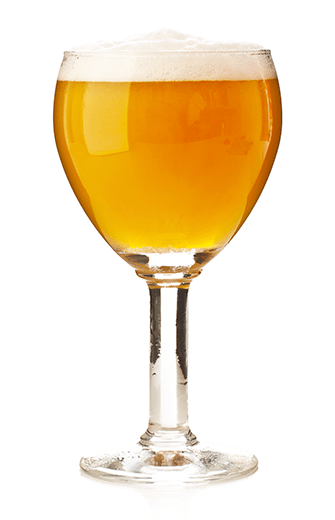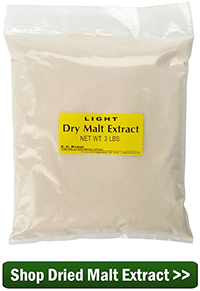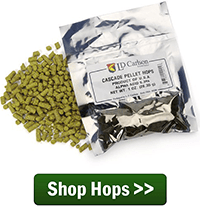 If you’re a fan of Belgian Abbey beers, you’ve probably heard of dubbel, tripel, and witbier. But what about Belgian Abbey single? If you like these beers you’ll love brewing the Belgian Abbey single recipe below.
If you’re a fan of Belgian Abbey beers, you’ve probably heard of dubbel, tripel, and witbier. But what about Belgian Abbey single? If you like these beers you’ll love brewing the Belgian Abbey single recipe below.
You may have a hard time finding a beer in Belgium called single. You’re more likely to hear it referred to as table beer or just Belgian ale. But with the stronger Belgian ales referred to as dubbel and tripel, many American brewers have grown accustomed to calling the most sessionable one a single.
These Belgian pale ales are routinely brewed for daily consumption, often by monks. They are usually about 5% ABV, pale or light amber in color, and very complex and aromatic due to fruity and spicy characteristic from Belgian ale yeast. A single is the type of beer you might enjoy with lunch. As such, it shouldn’t be too heavy or alcoholic, but still features the aromatic complexities of Belgian ale yeast. Two of the best American interpretations I’ve come across are made by Hardywood Park Craft Brewery and Starr Hill.
For the homebrewer, there are a few advantages of brewing Belgian beer:
- The complex flavors demonstrate the versatility of different yeast strains.
- Belgian ales can often be fermented warmer than English- or American-style beers, making them convenient to brew at room temperature.
- They offer an opportunity to brew with spices or adjunct sugars, though brewers should show restraint.
Are you looking to brew an easy-drinking Belgian ale? Try the Belgian Abbey Single recipe below!

Belgian Abbey Single Recipe
(five-gallon batch, extract with specialty grains)
Specs
OG: 1.049
FG: 1.012
ABV: 4.8%
IBUs: 28
SRM: 9
Ingredients
3 lbs. light dry malt extract
3 lbs. light dry malt extract (late addition)
1 lb. Dingeman’s biscuit malt
.5 lb. Dingeman’s aromatic malt
1 oz. Styrian Gold hops at :60
1 oz. Saaz hops at :15
1 oz. Saaz hops at :5
1 packet Wyeast 1762: Belgian Abbey II
Directions
The day before brewing, prepare a two-liter yeast starter. On brew day, steep the crushed biscuit and aromatic malt in a steeping bag in one gallon of water at 150˚F for 20 minutes. Remove steeping bag, then add half the DME and enough clean, chlorine-free water to make three gallons of wort. Bring to a boil and add hops according to schedule. At the end of the boil, mix in remaining dried malt extract. Chill wort and transfer to a clean, sanitized fermenter containing about 2.5 gallons of clean, chlorine-free water. Top up with enough water to make 5.5 gallons. Mix well with a sanitized stirring spoon to aerate. Pitch yeast starter, seal the fermenter, and ferment at 70-75˚F. After 2-3 weeks, bottle with priming sugar or transfer to a keg and force carbonate.
—–
David Ackley is a beer writer, brewer, and self-described “craft beer crusader.” He holds a General Certificate in Brewing from the Institute of Brewing and Distilling and is founder and editor of the Local Beer Blog.
